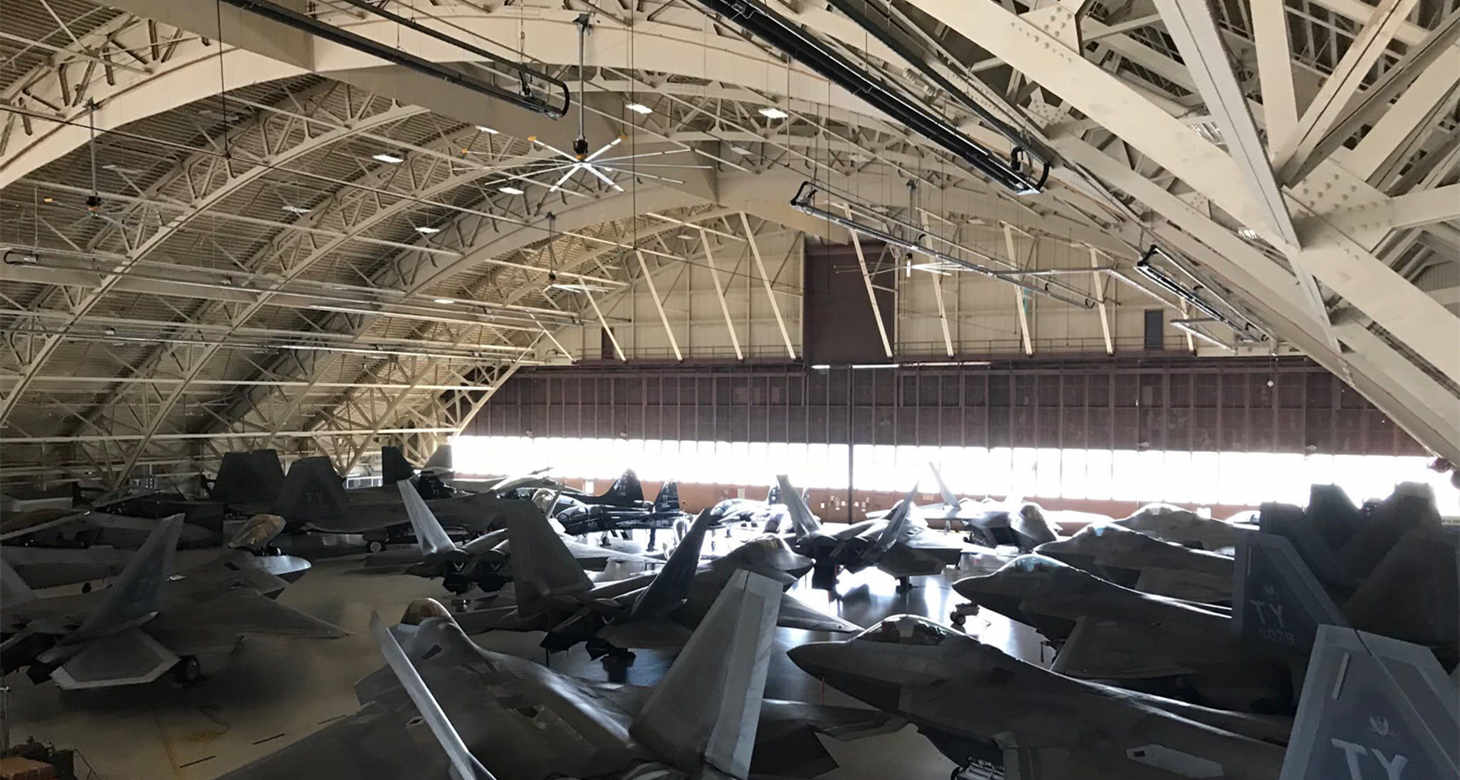Grid structures, commonly used in various construction applications such as bridges, buildings, and industrial facilities, are essential components that require careful handling and transportation. Their design, which typically involves interconnected elements forming a lattice-like framework, makes them both lightweight and strong, but also vulnerable to damage during shipment. Ensuring the safe shipment of grid structures is crucial for maintaining their integrity and performance upon arrival at their destination. This article outlines essential tips and best practices for safely shipping grid structures, focusing on preparation, loading, transportation, and unloading.

Understanding Grid Structures
Before diving into shipping procedures, it’s important to understand what grid structures are. These are architectural frameworks made of multiple members arranged in a grid pattern, providing a high degree of stability and load-bearing capacity. Common materials for grid structures include steel, aluminum, and composite materials, each with its own handling and shipping requirements.
Pre-Shipment Preparations
2.1 Inspecting the Grid Structure
Before shipping, conduct a thorough inspection of the grid structure. Check for any signs of damage, corrosion, or defects in the materials. This inspection should include:
Visual Inspection: Look for cracks, bends, or any deformities in the grid structure.
Dimensional Checks: Ensure the dimensions match the specifications to prevent issues during transport and unloading.
2.2 Documentation
Prepare all necessary documentation before shipping. This includes:
Shipping Manifest: A detailed list of all items being shipped, including their dimensions and weights.
Inspection Reports: Documentation of the pre-shipment inspection to provide proof of the structure’s condition.
Certificates of Compliance: Ensure that the materials used in the grid steel structure meet local and international standards.
Packaging Considerations
Proper packaging is vital for protecting grid structures during shipment. Follow these guidelines:
3.1 Choosing the Right Packaging Materials
Select packaging materials that can withstand the weight and stress of the grid structure. Consider the following:
Pallets: Use sturdy wooden or plastic pallets to provide a solid base for the grid structure.
Crates or Containers: For larger structures, consider using custom crates or containers that can absorb shocks and protect against environmental factors.
3.2 Securing the Structure
Once the grid structure is on the pallet or in the crate, secure it using appropriate materials:
Strapping: Use high-tensile strapping to secure the grid structure to the pallet, ensuring it does not shift during transport.
Foam or Padding: Place foam or padding around vulnerable areas to prevent damage from impacts.
3.3 Labeling
Clearly label all packages with handling instructions, including “Fragile” or “Handle with Care.” This helps transport personnel understand how to handle the shipment properly.

Loading the Grid Structure
4.1 Choosing the Right Equipment
Use suitable equipment for loading the grid structure onto the transportation vehicle. Common options include:
Forklifts: For smaller grid sections, forklifts can be used to lift and load.
Cranes: For larger grid structures, cranes provide the necessary lifting power without putting stress on the structure.
4.2 Safety Protocols
Implement safety protocols during the loading process:
Team Coordination: Ensure that all personnel involved in loading are coordinated and aware of their roles.
PPE: All workers should wear appropriate personal protective equipment (PPE) to minimize the risk of injury.
Transportation Best Practices
5.1 Choosing the Right Vehicle
Select a transportation vehicle that can safely carry the weight and dimensions of the grid structure. Consider factors such as:
Load Capacity: Ensure the vehicle can handle the total weight of the grid structure and any additional equipment.
Size: Choose a vehicle with enough space to accommodate the structure without forcing it into tight spaces.
5.2 Route Planning
Plan the transportation route carefully to avoid obstacles and potential hazards:
Road Conditions: Check for road construction, steep inclines, or other challenges that could affect transport.
Weight Limits: Be aware of any weight restrictions on bridges or roads along the planned route.
5.3 Monitoring During Transport
Maintain oversight during transportation to ensure the grid structure remains secure:
Regular Checks: Stop periodically to inspect the load, checking for any signs of shifting or damage.
Communication: Keep communication lines open between the transport team and the receiving party to address any issues that may arise.
Unloading the Grid Structure
6.1 Preparing the Site
Ensure that the unloading site is prepared before the grid structure arrives. This includes:
Clear Space: Make sure there is enough space to safely unload the structure without obstructions.
Ground Stability: Verify that the ground can support the weight of the grid structure and any equipment used for unloading.
6.2 Safety During Unloading
Implement safety measures during the unloading process:
Proper Equipment: Use appropriate lifting equipment, such as cranes or hoists, to unload the steel structure construction safely.
Team Coordination: As with loading, ensure that all personnel involved in unloading are coordinated and follow safety protocols.
6.3 Inspection Post-Unloading
After unloading, conduct a post-shipment inspection of the grid structure to check for any damage that may have occurred during transport. Document any issues to address them before installation.
Post-Shipment Considerations
7.1 Storage
If the grid structure will not be installed immediately, store it properly:
Indoor Storage: If possible, store the structure indoors to protect it from weather-related damage.
Elevated Storage: Use pallets or supports to keep the structure off the ground and away from moisture.
7.2 Maintenance Checks
Regularly check the stored grid structure for any signs of wear or damage. This proactive approach can prevent issues when it is time for installation.
The safe shipment of grid structures requires meticulous planning, attention to detail, and adherence to best practices. By following the tips outlined in this article—from pre-shipment preparations and packaging to transportation and unloading—manufacturers like Aicrane and logistics professionals can ensure that grid structures arrive at their destination in optimal condition. Implementing these practices not only protects the integrity of the structures but also enhances overall project efficiency, ultimately leading to successful construction outcomes. As grid structures continue to play a vital role in modern construction, ensuring their safe shipment is a critical aspect of the industry.